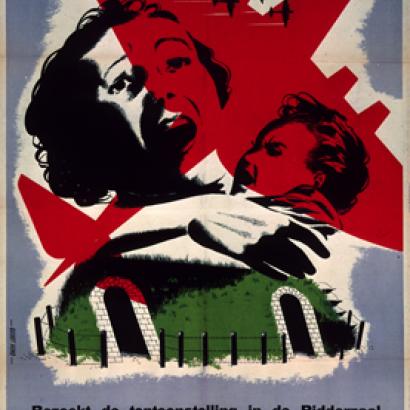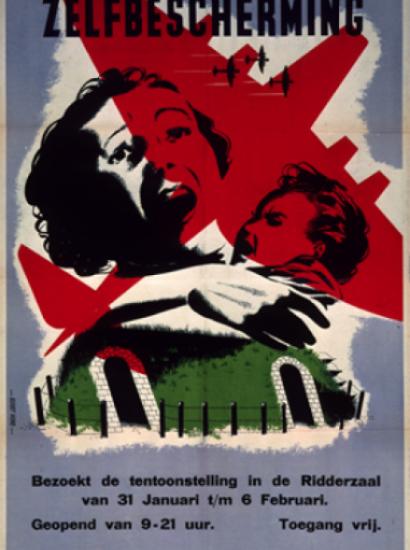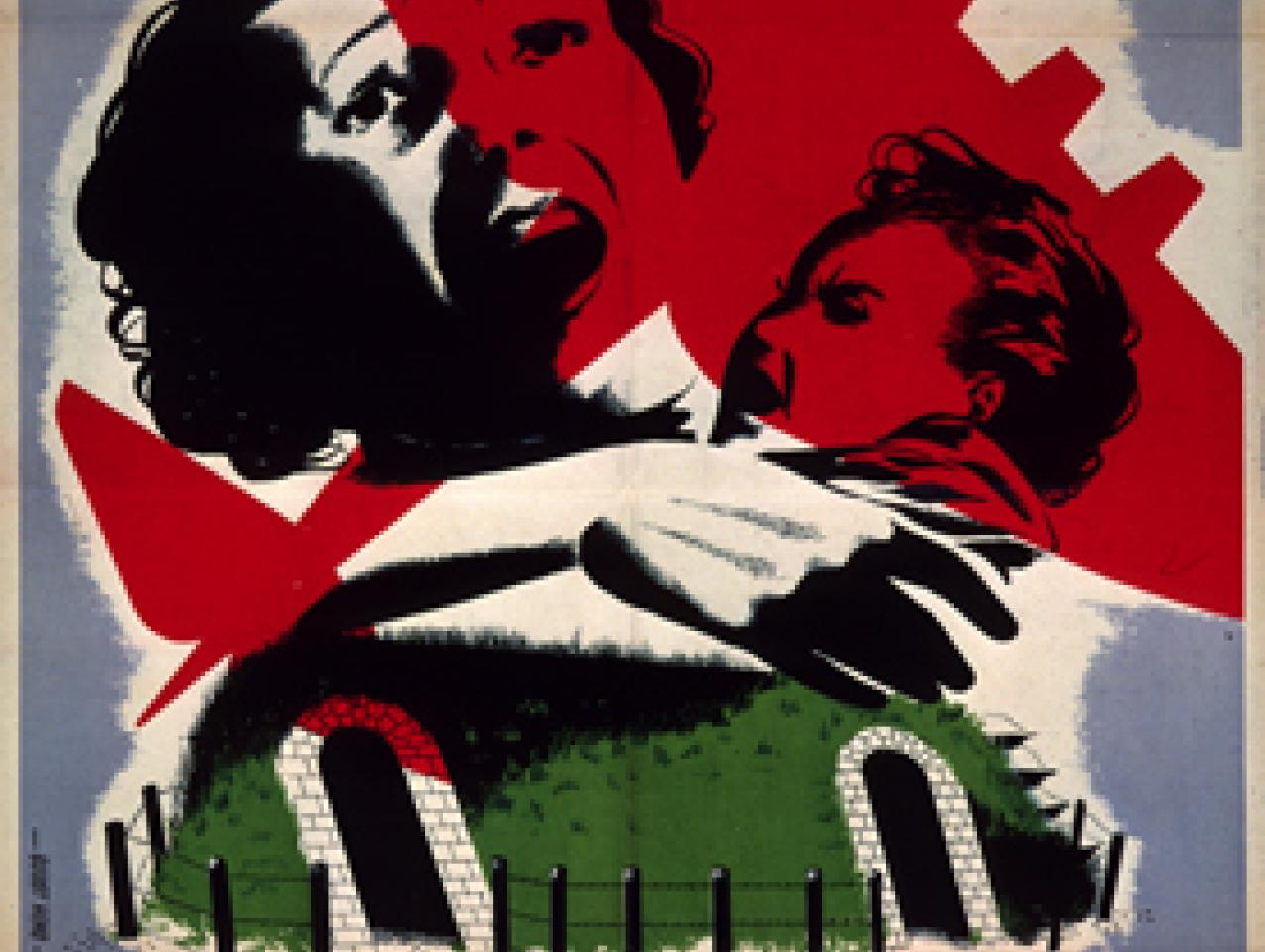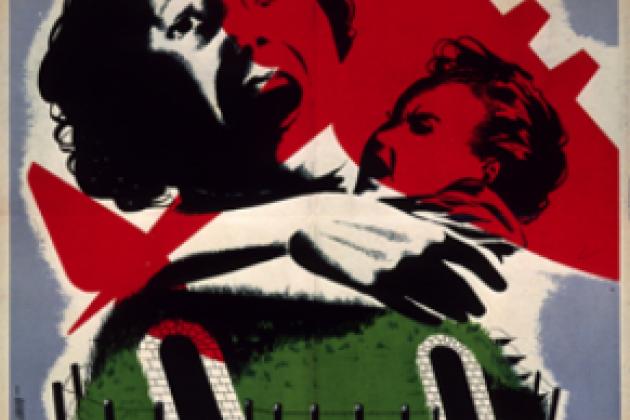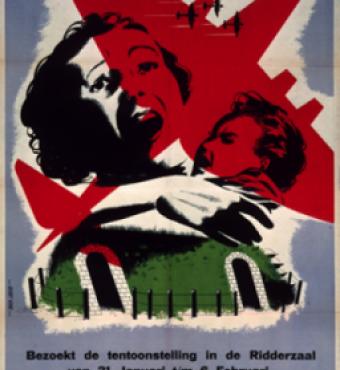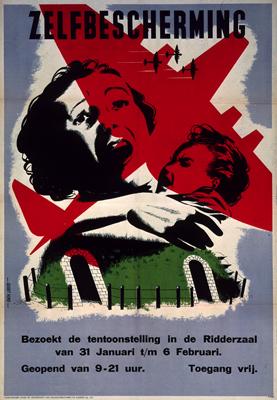- History
- Military
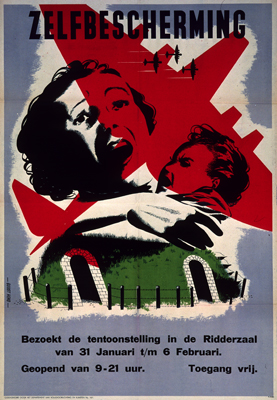
As the battle against ISIS in Mosul reaches its climax with an assault by Iraqi forces on the remaining enemy stronghold in the old city west of the Tigris River, predictable appeals for a lessening of civilian casualties have been issued by various pundits. Since August 2014 the U.S. bombing campaign against ISIS has killed just under 500 civilians. As Iraqi forces drive into the urban heart of Mosul, this number is certain to rise. But calls for greater sensitivity to civilian casualties miss a larger point. The number of civilians killed by operations against ISIS is extremely low by historical standards, especially when comparing the statistic to battles in which the defender deliberately uses civilians as human shields or otherwise prevents their flight from the battlefield.
Urban combat is nasty business. Civilians generally know how to survive the carnage; they either flee or take shelter, preferably underground in basements or tunnels. However, when a determined enemy is oblivious to humanitarian suffering, civilian deaths inevitably rise regardless of actions taken to protect them.
A comparable example to the ongoing fight for Mosul is the Battle of Manila in February 1945 during World War II. Sensitive to civilian casualties and not wanting to see Manila destroyed by combat action, General Douglas MacArthur initially forbade his forces to use air and artillery strikes in their attempts to clear the city of Japanese forces. On the other hand, the Japanese commander, Rear Admiral Sanji Iwabuchi, ordered the 19,000 men under his command to fortify themselves into the historic Intramuros area of the old city and fight to the death.
War crimes led to the murder of thousands of civilians, with tens of thousands more killed in the crossfire as American troops attacked building by building to destroy the Japanese garrison. As friendly casualties rose, MacArthur was forced to relent on the use of artillery fire to support his troops. Massive firepower devastated the urban landscape and together with Japanese atrocities killed upwards of 100,000 Filipinos. After American forces liberated Manila, MacArthur arrived on the steps of city hall to reinstall the Filipino government into power. As he began his speech, he looked out over the sea of destruction before him—the ruins of a city that had once been called “the Pearl of the Orient.” He broke down in tears, and finished his speech by reciting the Lord’s Prayer.
This scenario is once again playing out in Mosul. “The operation now is about street fighting,” an Iraqi spokesman told al-Hadath TV in Dubai. “Air and artillery strikes will be limited because the area is heavily populated and the buildings fragile.” ISIS militants are shooting civilians attempting to escape the fighting. They are also using them as human shields in an attempt to increase the civilian death toll, under the assumption that greater civilian casualties will backfire on the coalition arrayed against ISIS. The tactic might work, unless coalition leaders look to history as a guide. What they will find there is the uncomfortable truth that combat operations in urban environments inevitably exact a heavy toll on the civilian population, even when measures are taken to protect them.







